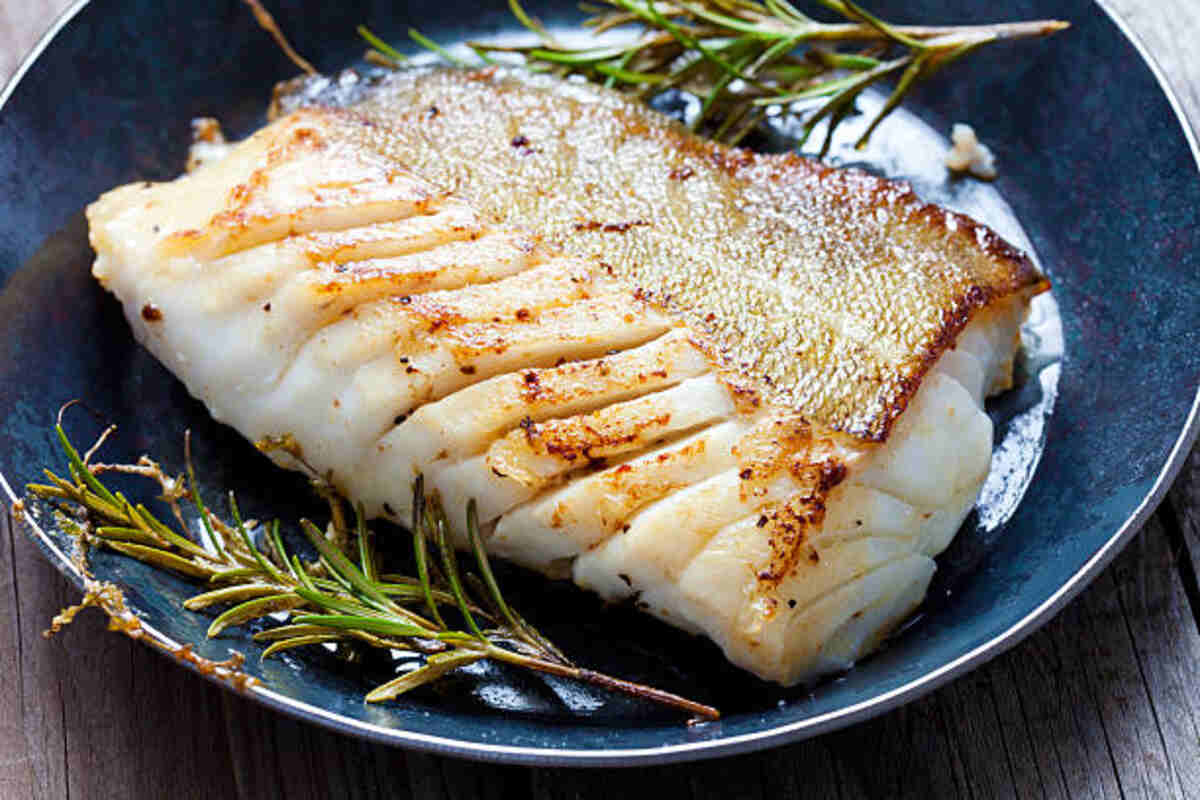Fish fillets make the ideal quick meals. Their quick preparation makes them suitable for various preparation methods such as broiling, baking, frying, and grilling.
Use a paper towel to pat the fish dry before seasoning it; its skin will adhere better to the flour coating.
Thicker fish fillets require additional cooking time than thinner fillets, so before adding each one to the pan, check its thickness first.
Preparing the Fish
Fillet portions cut from fish meat are called fillets. While most fillets will be boneless, you may encounter small bones that are difficult to detect and remove before cooking. Run your hand along the edge of each fillet in search of any protrusions; use kitchen tweezers if any are present before cutting that section off to prepare it before beginning with preparations.
Fish fillets can give your heart essential omega-3 fatty acids, making it an excellent way to benefit its overall health. But baking or sauteing are often better methods to get maximum nutrition from it. Fish is known for being incredibly delicate when it comes to overcooking; to ensure it remains tasty and succulent, follow the 10-Minute Rule: Cook fillets that are 1/2-inch thick for 10 minutes on both sides, flipping only halfway through cooking time.
Make this dish in advance to save time on prep! Fill a baking dish that can fit four fish fillets, placing each fillet 1 in (2.5 cm). Combine remaining ingredients and drizzle them evenly over the fish fillets; bake, covered for 15-20 minutes or until fish flakes easily with a fork. (cooking times may differ depending on its thickness, size,, and thawing status.)
Seasoning the Fish
Fillets (cut from a fish’s backbone) can make cooking fish fillets much more straightforward, though overcooking may become an issue more often, leading to dry and flavorless seafood. You can reduce cooking times for fish fillets if this becomes an issue.
First, rinse the fish fillets under cool water to remove any residue left by packaging or ice cubes. Next, pat the fillets dry using paper towels before transferring them onto a wire rack placed over a baking sheet to catch any drips or spills. Season one side with salt and pepper before drizzling oil over each fillet for extra flavor.
Mix all-purpose flour with salt and pepper for a more straightforward breading solution; that way, you should only need to dust half your fillets with it – saving time and effort!
Brush the fish fillets with more oil before seasoning them with salt, pepper, and any aromatics of choice (lemon slices and garlic are our recommendations), but feel free to experiment with other flavors your family loves!
Due to their delicate texture, you must bake fish fillets carefully. A low heat setting and cooking the fillets without flipping can ensure they remain moist and tender when tested with a fork after completion of baking.
Cooking the Fish
When baking fish fillets or steaks, use parchment paper to line your dish. This will prevent it from sticking to the bottom or tearing as you cook. Skin-on fish should have their skin scored several times (at two-inch intervals) before being placed into the oven; this will allow it to crisp up properly while preventing curled-up coiling of its flesh during its time in the range.
Ideally, use medium-high heat to preheat a skillet before pouring in butter or oil for optimal fish cooking results. Add spices such as minced garlic, paprika, or lemon pepper seasoning for additional flavor if desired; these could add depth of flavor in addition to helping the fish retain moisture during its preparation.
When sauteing fish, choosing mild-flavored varieties with thin skins that withstand high heat without curling during cooking is best. If the skins haven’t been removed, score them several times with a sharp utility knife blade to avoid twisting under pressure during preparation.
Fish fillets usually have smaller bones than whole fish, but it’s wise to run your hand over them to detect protruding bones. Additionally, boneless varieties may be best for those prone to overcooking.
Serving the Fish
There are various methods of cooking fish fillets, but the easiest and fastest way is frying. Simply coat each fillet in flour with herbs or breadcrumbs before turning with a flat spatula during the frying process to achieve crispiness – an enjoyable, fast way to serve delicious seafood to all!
Choosing high-quality, fresh fish is essential to creating an enjoyable fish meal. Before beginning, look for something with a firm texture and no smell of “fishiness” and properly trimmed edges (with skin removed if applicable). Frozen options also work just fine!
When frying fish, the oil must be heated until it reaches a suitable temperature – but not smoking – using a thermometer to gauge how hot or cool it should be. Too cold oil will allow soggy results; too hot could burn it entirely and lead to coating loss or, worse yet, cause the flour coating to come off altogether.
Before adding fish fillets to the pan, dry each fillet with paper towels to ensure its coating sticks securely. Be wary not to overcrowd the pan with too many fillets at once; for frozen fish that must thaw before being put in its pan for frying, allow at least 30 minutes in the refrigerator.


Comments are closed.